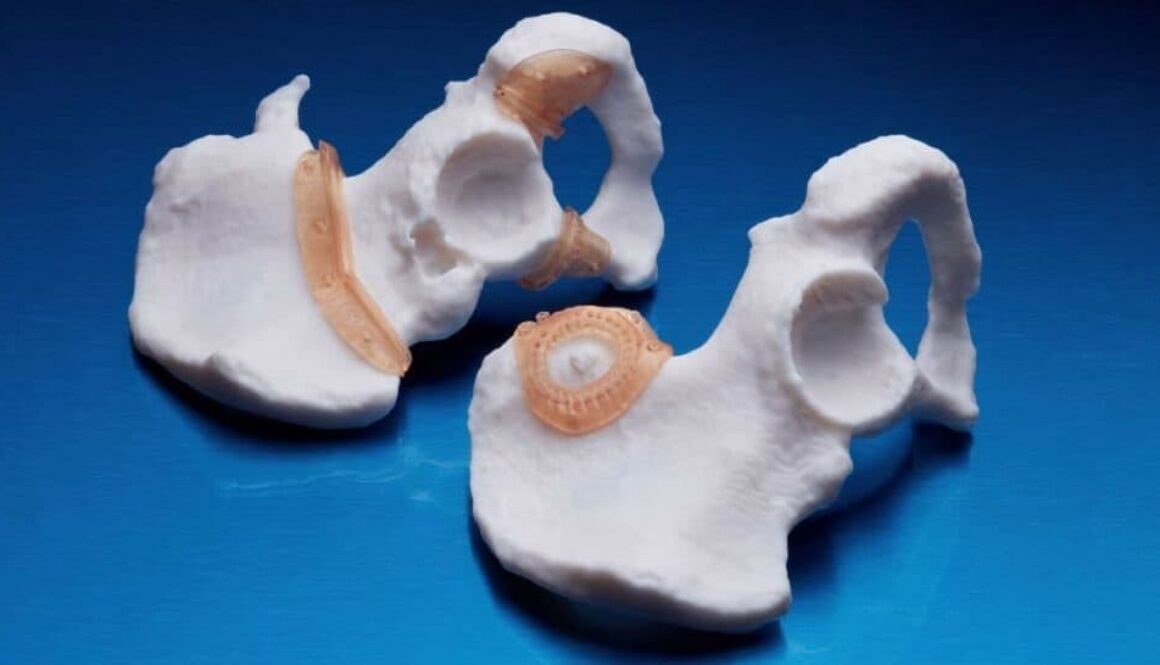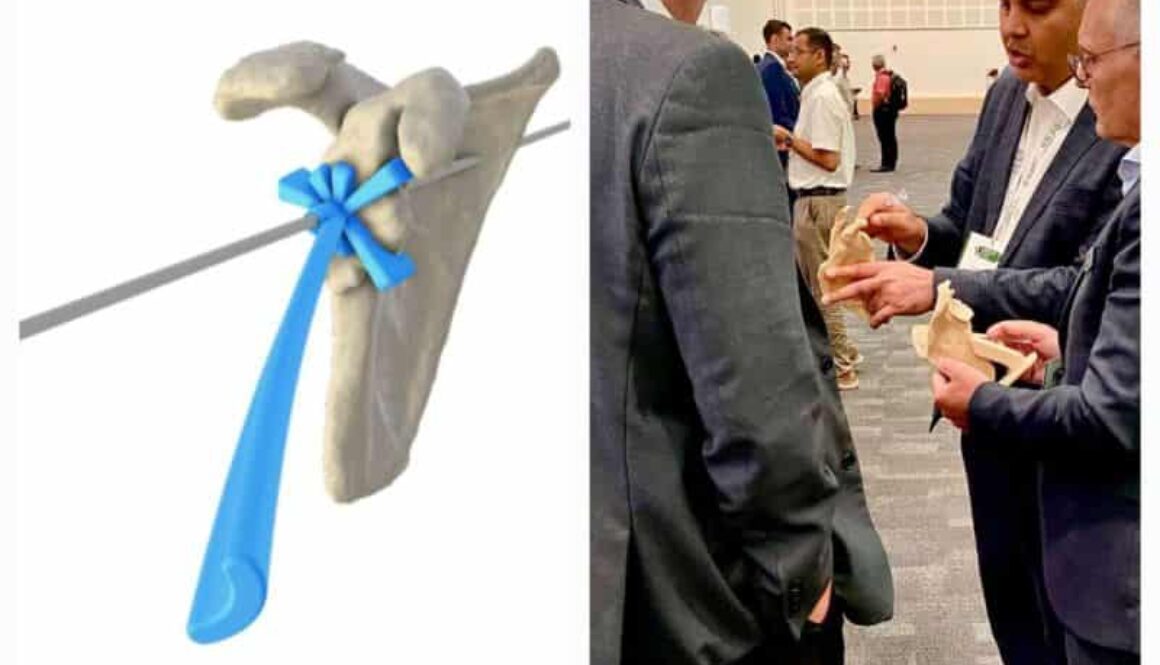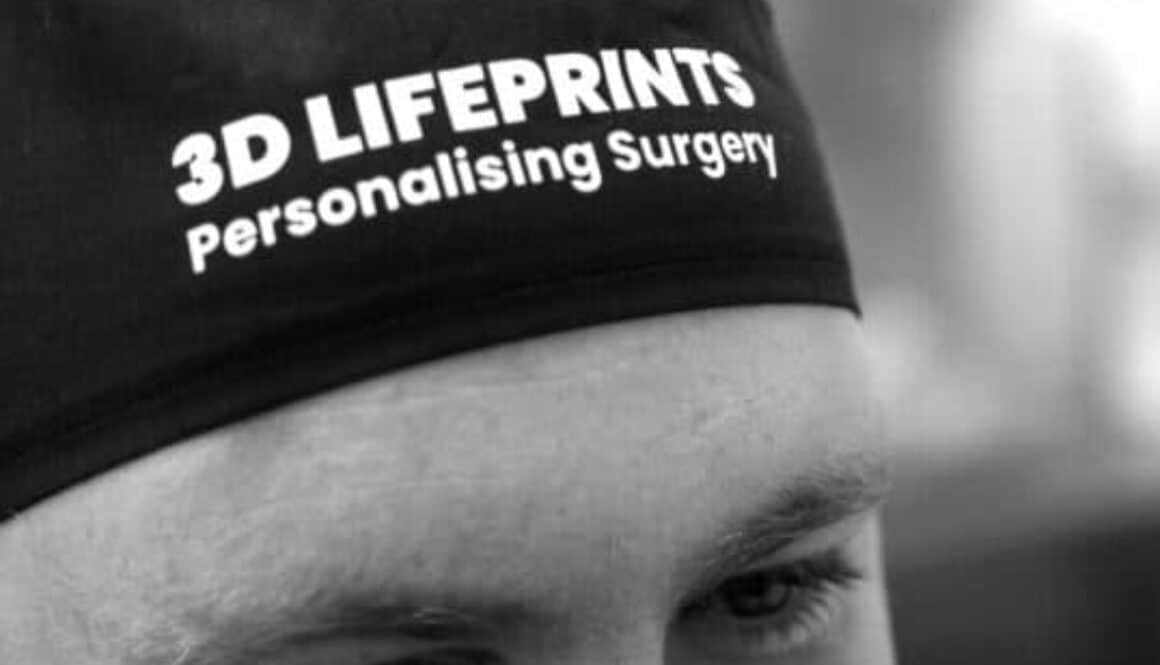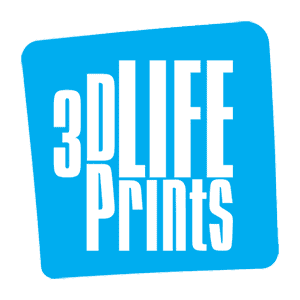https://www.regmednet.com/medical-3d-printing-at-the-point-of-care-a-regulatory-comparison/
Introduction
‘Medical 3D printing at the point of care’ is a cumbersome description for the process of design and manufacture of medical devices in hospitals. The ‘medical 3D printing’ part involves the segmentation of patients’ scan data and the design of a medical device. This device is unique and is generally manufactured utilizing a 3D printer. The ‘point of care’ aspect is not essential; these devices can be manufactured remotely, but point of care is preferable so that the surgeon can readily be involved in the design process and the devices can be delivered immediately.
The devices being manufactured fall into several categories including: anatomical models, surgical guides, implants, prosthetics, orthotics, PPE and potentially other parts. In this article, I will concentrate on the first three.
You may be thinking ‘this sounds fantastic’ – The hospital now has the ability to manufacture patient-specific devices that can reach the patient immediately with zero logistics and with no requirement to pay a medical device company. All the hospital has to do is buy a 3D printer and off they go. Right?
Wrong. This is a trap, which many hospitals have fallen into.
Of the three categories of devices that I have highlighted, if they are utilized to influence the care of a patient (and if they aren’t doing that, then what is the point of them) then they are all medical devices. They are governed by a raft of laws and regulations as well as demanding quality assurance and record keeping.
Before a hospital takes the plunge and buys a 3D printer for the manufacture of medical devices, there are several things they should be aware of:
- You need several pieces of software for segmentation and design. The software itself should be certified as a medical device (i.e., FDA cleared or CE/CA marked), internally verified by the entity utilizing it and maintained. The essential software packages aren’t cheap and will come on yearly contracts costing between £12,000–£20,000 per user.
- You need a suitably qualified person to do the segmentation, design,3D printing and post-processing. I cannot believe any hospital would want its clinicians doing this time-consuming and highly skilled task.
- 3D printers range in their cost and function tremendously. A fused deposition modeling or stereolithography desktop printer may cost from £1,000–£10,000 but a full color printer with a wide selection of materials can be £100,000–£200,000. Generally, you need a range of 3D printers for a range of utilization cases.
- Materials can be very expensive and some have limited shelf lives.
- Finally, but most importantly, there is the need to comply with the applicable medical device regulations and the need for quality assurance.
For the rest of this article, I’m going to concentrate on the laws and regulations that may apply when medical 3D printing at the point of care. There are different rules that are applicable depending on where you are. I’ll now be looking at the UK, EU and USA.
The UK
In the UK, given that we didn’t adopt the MDR [EU regulations for medical devices], we are still on the ‘old’ rules until some new ones are created. I’ve linked to the MHRA advice here that requires a hospital to follow the rules set out in Medical Devices Regulations 2002 in certain circumstances.
Of crucial importance is whether the device is being utilized for patients within the same institution where the device was made. If it isn’t, then the implication is that the institution making the device is acting as a manufacturer and placing the device on the market with all of the consequential requirements under the regulations above.
Looking at many in-house hospital 3D facilities in the UK, these rules seem to be very loosely interpreted. Many universities make devices such as anatomical models and surgical guides for hospitals, and several groups of hospitals transfer devices between them. However, no matter that this situation is far from ideal, I think it is better than a doctor having an uncalibrated and untested 3D printer on their desk, doing some segmentation in their spare time with free software and then printing a medical device for utilization. The potential for harm to patients is at its highest in these circumstances.
The EU
Since the adoption of the MDR in May 2021, the rules for medical 3D printing at the point of care have become much tighter. The rules are generally referred to as the “Health Institute Exemption” and contained in Article 5(5) of the regulations. Several countries have released guidance on this, including the Medicine and Healthcare Products Regulatory Agency, applicable to Northern Ireland only and Denmark.
The definitions of what constitutes a health institution and manufacturer are included and specific reference is made to the manufacture of custom-made devices, which are also covered in much more detail in the MDR. Among the requirements for point of care manufacturing are:
- There is a requirement for an appropriate quality management system, including control over any sub-contractors
- That the devices are not transferred to another legal entity and any transfer that does take place between intuitions requires validation and documentation
- The devices must comply with the General Safety and Performance Requirements set out in the MDR for performance, design and manufacture (Annex I)
- A justification must be provided to explain why the need cannot be met by an equivalent device on the market
- Documentation including the device’s technical documentation, performance studies and a declaration of compliance are required, with this information being readily available to the relevant national body, such as the Federal Institute for Drugs and Medical Devices (Bonn, Germany), upon request
- A surveillance system must be in place to review the process and utilization of the device
In my opinion, the “Health Institute Exemption” has been badly named. There is no real exemption here, as under the MDR, hospitals are now required to have a substantial set of processes and systems in place if they wish to manufacture at the point of care. The level of compliance is almost of an equivalent standard to any other manufacturer. Personally, I think this is quite right. Why should a patient be at risk because a device was manufactured on-site by a hospital department rather than remotely by a commercial supplier? The Medical Device Coordination Group, which reports directly to the MDR, have produced a guidance document concerning custom made medical devices which, while not binding, can help with understanding.
The USA
The USA’s system of regulation for medical devices is governed by the FDA (MD, USA). Under the current rules there are relatively few restrictions on a hospital manufacturing in-house, including 3D-printed medical devices, under the general policy that the FDA does not regulate the practice of medicine.
The FDA has shown interest in bringing greater clarity to point of care manufacturing with the publication of a recent discussion paper entitled “3D Printing Medical Devices at the Point of Care”. The paper discusses the possibilities and merits of three options for hospitals wanting to set up an in-house facility, with these options being:
- The hospital utilizing a “Medical Device Production System (MDPS)”, which it describes as a a collection of the materials, software and equipment intended to be utilized by a healthcare provider to produce a medical device at the point of care. It also includes the medical device that is produced. The responsibility for FDA compliance, and I assume liability, lies with the manufacturer of the MDPS, while the hospital is the utilizer of the MDPS.
- A traditional manufacturer that provides the point of care services on-site for the hospital. In this case, the manufacturer would take full responsibility for the devices created.
- The hospital assumes the full role of a traditional manufacturer. This would mean the hospital obtaining FDA clearances and doing all of the testing and quality control associated with putting a medical device on the market.
Upon first review, I’m not sure how the MDPS option will work in practice. Not many manufacturers will agree to take responsibility for devices where they don’t have full control of the manufacturing process. There are also a lot of other aspects such as: quality control, labeling and instructions for utilization that would have to be considered. The traditional manufacturer at the point of care is the business model that my company, 3D LifePrints, has adopted. By contrast, the third option can be seen at the Mayo Clinic.
Overall, I’m really pleased to see the FDA taking a proactive stance and engaging with both hospitals and the medical device community on this. There have been several events where the FDA and hospital groups such as the Veterans Health Administration (MS, USA) have discussed how the market can move forward. From what I’ve seen, there is still a lack of understanding within many hospital groups that regulation is required. Perhaps this is understandable when, previously, the FDA have chosen to keep totally out of what a hospital does within its 4 walls.
Conclusion
Of the three systems in place, the EU with the MDR is the most advanced and the strictest. Hospitals in the EU that wish to manufacture their own medical devices have multiple obligations that place them in a position analogous to a traditional manufacturer. The UK is next in line but has had to fall back on old legislation for the time being. The USA has the fewest restrictions on point of care manufacture at the moment but has set out an agenda that would move it much closer to the MDR model.
What I would note is that even if the law hasn’t yet caught up with 3D printing at the point of care (I’m looking at you, UK and USA), this is no reason for a hospital be lax in terms of quality control and scrutiny of what it might be manufacturing. Every hospital has a duty to protect their patients from harm, especially from the hospital itself. If a hospital creates a defective or inaccurate device, then it will be liable for any injury caused to a patient from its utilization.
It is clear to me that some hospitals in UK, EU and USA will want to keep 3D printing at the point of care an internal function. I would strongly suggest that hospitals looking to safely set up a facility look beyond the cost of a 3D printer and into the total cost of staffing, hardware and software, along with the requirement for regulatory compliance and quality assurance before they do so.










